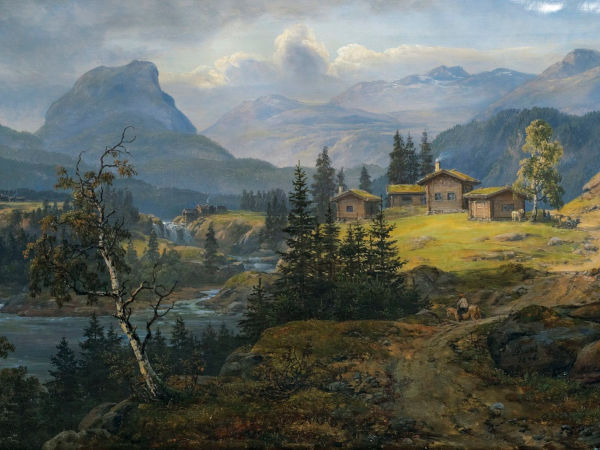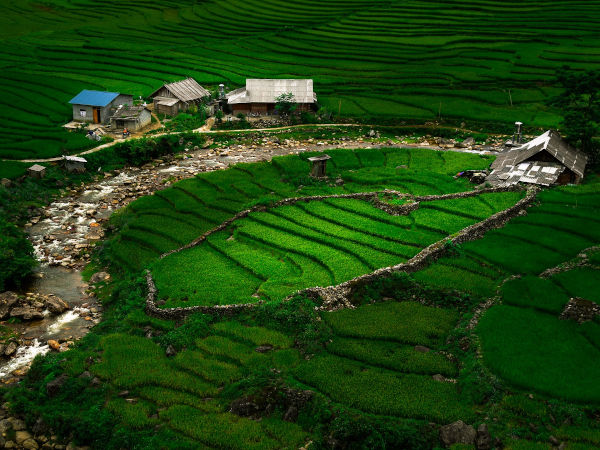In Search for Truth: Science, Faith, and the Representation of Nature in Romantic Art
Modern society’s need to categorize things has separated art, science, and religion as three incongruent fields of study. However, in the Romantic era, these three fields were interdependent on each other. Within the mysteries of nature, the Romantics sought for authenticity and truth. This curiosity to discover nature’s truth was prevalent in all aspects of life, including art, science, and religion. This curiosity and wonder was expressed in the Romantic love for landscapes.
The intertwining of science, art, and religion has since diverged in Western history, but landscapes still hold remnants of a tripartite relationship. In Romantic landscape paintings we can find evidence of how science, faith, and the representation of nature of two-centuries ago continue to shape the way we now see landscapes and nature today.
This is part 1 of a 4-part blog series that eventually got published as the article “The Romantic landscape: A Search for Material and Immaterial Truths through Scientific and Spiritual Representation of Nature” in the Athens Journal of Humanities and Art (2020). An older version of this post was originally published in an old blog from 2017.
Truth: The divine connection between nature and God
The first scientific revolution in the 17th century, most notably marked by Sir Isaac Newton’s work on celestial mechanics and optics, rendered a world that could be resolved through deductive reasoning and objective rationality. But at the end of the 18th century, science took a turn for the organic. The limitations of knowledge become apparent. Imperceptible phenomena, such as electricity and electromagnetism, were discovered.
Limitations became opportunity and inspiration. Romantic science, based on social and personal excitement for the world’s wonders marked the second scientific revolution (Holmes 2008). Nature was the subject of discovery. But instead of pure objective curiosity, the Romantics sought for an intrinsic quality in nature that was between the living and the machine. They were looking for a “nature of authority.” They wanted to know nature’s purpose, because consequently, that could lead them to discover humanity’s purpose.
Prior to Romanticism, nature was symbolized as a female figure in contrast to an almighty male God. Simultaneously, nature was also portrayed as a creature that represented humanity’s hidden desires and inclinations (Richards 2002). Nature was both devalued and feared. But for the Romantics, nature was prized: nature was both divinity and humanity. Nature channeled the divine to humanity through creativity, in particular, through the “genius.”
For many Romantics, the genius was found in artistic pursuits. But according to Goethe, the genius was also found in the exploration of science. The creative genius would channel nature’s authority into scientific endeavors to reveal more laws of nature. For Goethe, the understanding of nature was intrinsic and archetypal to humanity, similar to how morality is associated with God’s word.
Therefore, for the Romantics, “God, nature, and intellect [were] one” (Richards 2002, 90). Products of human creativity or intellect, including art and scientific discovery, were considered indirect products of a divine source.
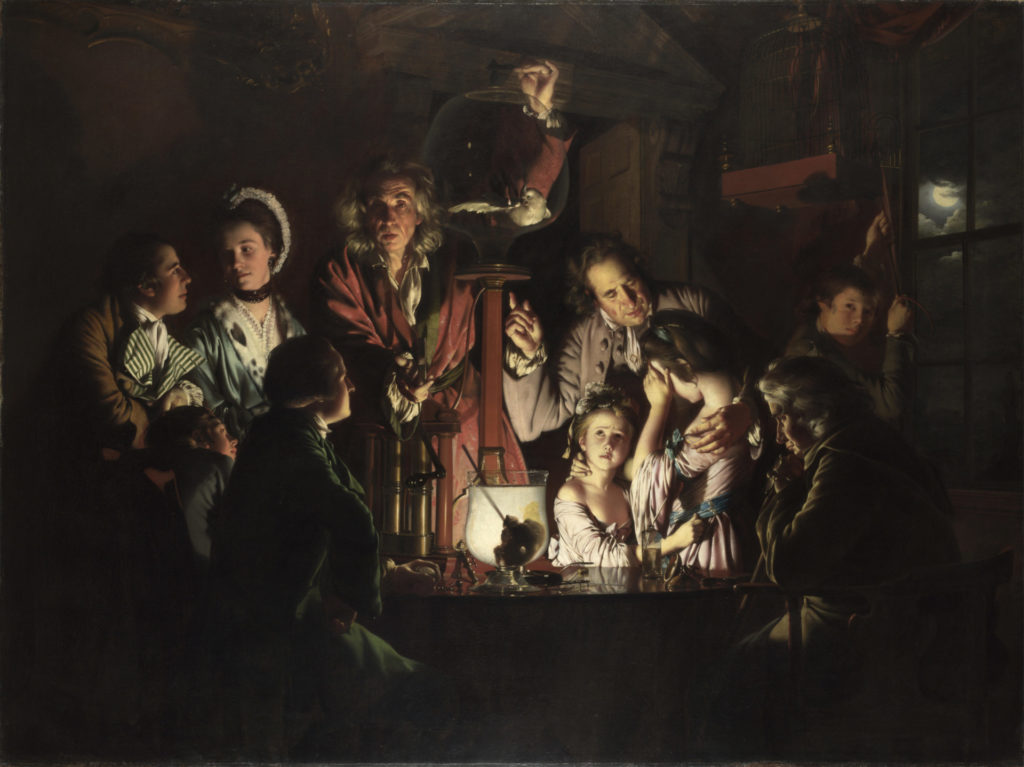
Truth: an expression in art
If Romantic science was the seeking of truth and divinity through God’s creation in nature, then Romantic art was the representation of the truth of God’s creation through personal expression. The Romantic artist needed to be both creative and subjective in order to deliver their divine message.
Although there was little consistency among the styles of Romantic art, the works embodied the spirit of Romanticism: a search for meaning between internal nature (i.e., humanity) and external nature (i.e., interconnected world). Additionally, the artist’s personal expression of this search was extremely important. Humanity, spirituality, and freedom were associated themes in the purpose of Romantic art.
Immanuel Kant, whose philosophies ignited the Romantic Movement, began an inquiry into art’s purpose by reflecting on the relationship between nature, self, and the divine. Art historian William Vaughan (1978) suggests that Kant and his Romantic followers found in their contemplation of nature the existence of a subjective “moral law” that is associated with the divine. This meant that nature’s qualities are within us and our contemplation of nature could lead to self-discovery.
Therefore, landscape, as the representation of nature, was a way to explore the self. Vaughan states, “the landscape painters who explored the relationship between man’s understanding and the world around were all concerned with those thresholds of awareness at which the imagination becomes most excited, whether these were of scale, space, distinctness or motion” (135).
As Romanticism matured, a stronger notion of a relationship between humanity and divinity that could be expressed in art was established. For example, Victorian art critic John Ruskin ([c.1843] 1987) defined great art as the beauty generated when nature was accepted as is. Great art was also considered the awakening of unlimited thought, or in Hegel’s ([1835] 2004) terms, the human “spirit.” This means, through beautiful art, humanity becomes aware of our freedom to sense, perceive, and imagine.
For Hegel, the divine in nature is unconscious, but the divine in the human spirit is conscious, free, and esteemed. Specifically, Romantic art is what it is because it “transcend[s] itself” (87) to a point where a person’s inner world (i.e., an idea) can not be merely represented in the outer world (i.e., a form), and instead takes on “ideal“ forms. Consequently, Romantic art relied on ideal or subjective feelings that were often fleeting and ungraspable.
The sublime: the representation of God in nature through landscapes
The sublime is the ephemeral and overwhelming feeling represented in many Romantic paintings. The relationship between the sublime and landscape art is related to the evolution of Christian theology, which was affected by the Romantic philosophy that God, nature, and humanity were synonymous.
While the sublime landscape acts as a mediator between human experience and divine nature, the sublime in landscape paintings was only made possible when landscape art gained heightened respect in Western history. Prior to the 17th century, landscape art was typically not considered anything other than a lower art form, and was merely used as backdrops to portraits or mytho-religious narratives. With the popularization of influential 17th century painters such as Salvator Rosa (1615-1673) and Claude Lorrain (1600-1682), landscape art gained more traction.
The secularization of landscapes into popular art was influenced by Protestant aesthetics, particularly the theologies of Martin Luther (1483-1586) and John Calvin (1509-1564). Lutheran theology warned against idolatry and the worshiping of images and Calvinism viewed all religious art as potentially idolatrous (Veith, 2010). Consequently, historical heroes began to replace religious icons, and nature became a new subject for religious narrative.
When scientific discoveries further challenged the idea of God as a singular divine authority, Romanticism offered alternative variations of faith: 1) pantheism, in that God is nature; or 2) panentheism, in that nature is both part of and somehow still separate from God. Although Romantic landscape paintings varied from pantheism to panentheism, they still embodied a divine essence. In the heightened awareness of divinity within nature was also the heightened expression of the sublime.
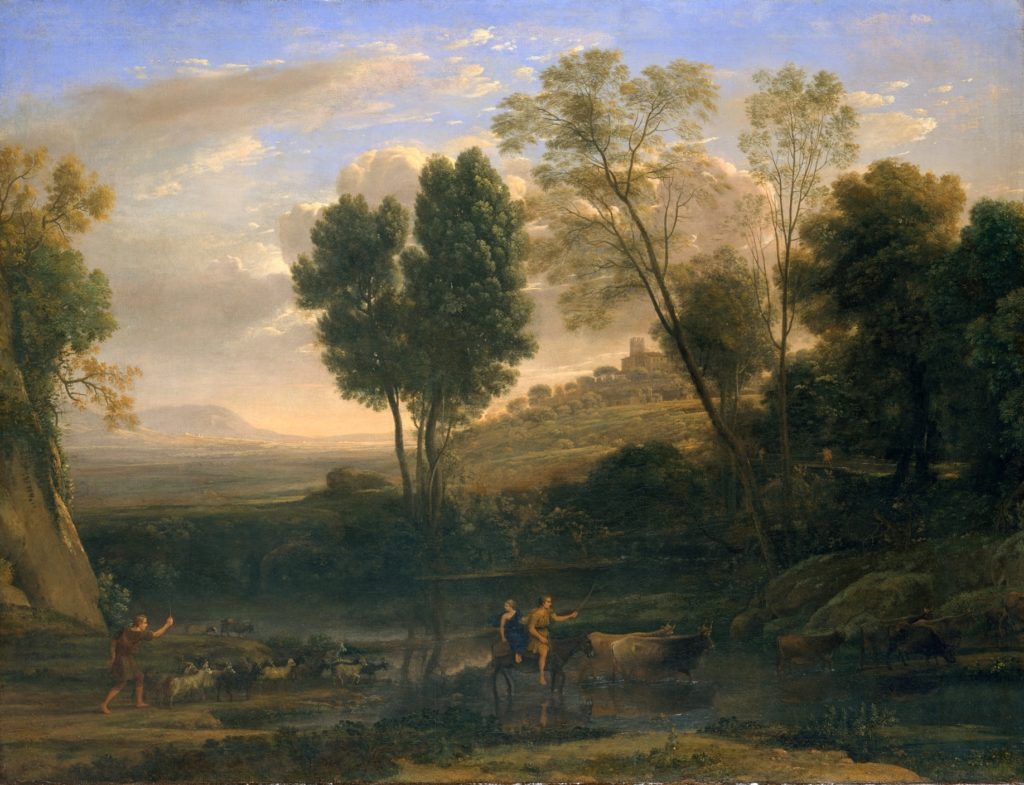
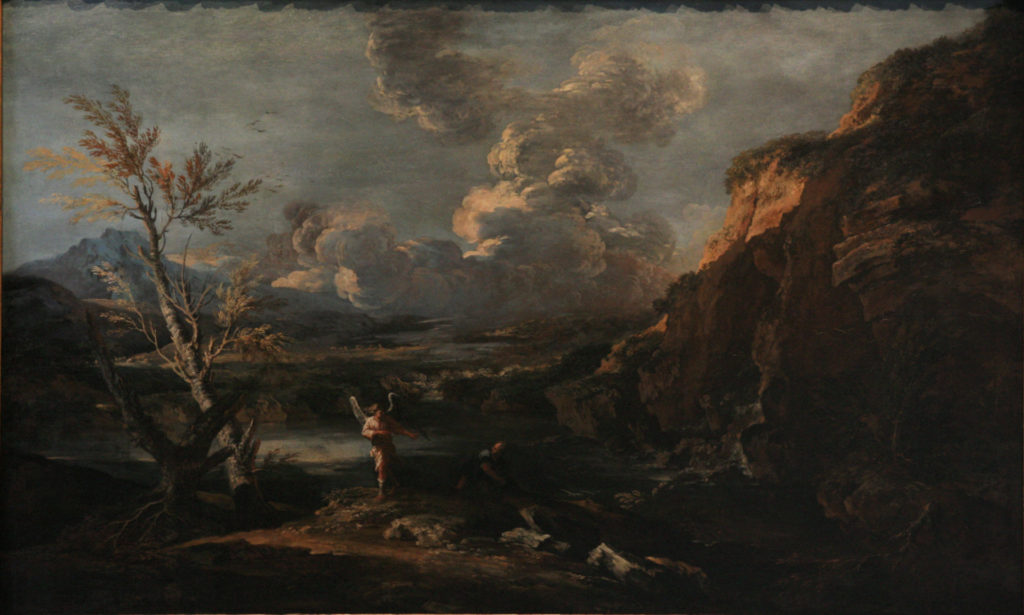

The sublime came in varying forms, but the philosophical concern behind the need to represent the sublime was always a question of humanity’s relationship with nature. Read more about the sublime and its representation in Northern Europe and in North America in part 2 of this series.
References:
- Hegel, G.W.F. (1835) 2004. Introductory Lectures on Aesthetics. Ed. by M. J. Inwood, trans. y Bernard Bosanquet. London: Penguin Books.
- Holmes, Richard. 2008. The Age of Wonder: How the Romantic Generation Discovered the Beauty and Terror of Science. New York: Vintage Books.
- Richards, Robert J. 2002. The Romantic Conception of Life: Science and Philosophy in the Age of Goethe. Chicago: University of Chicago Press.
- Ruskin, John. (c.1842) 1987. Modern Painters. Ed. by David Barrie. New York: Knopf.
- Vaughan, William. 1978. Romantic Art. New York: Oxford University Press.
- Veith, Gene Edward. 2001. Painters of Faith: The Spiritual Landscape in Nineteenth-Century America. Washington, DC: Regnery Pub.
